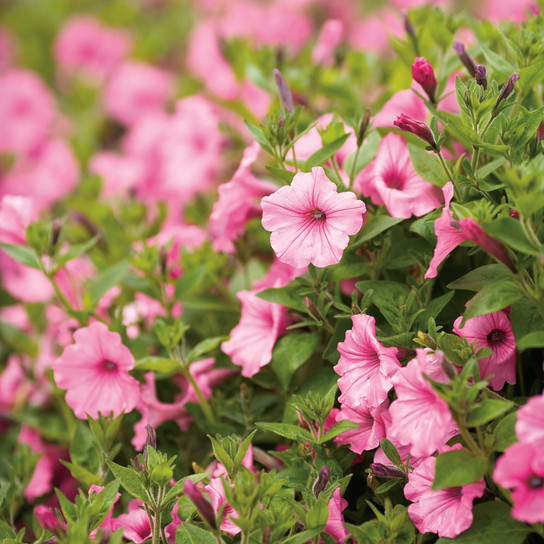
Culinary Sage
Uses:
- Perennial Borders
- Herb, Sensory, & Kitchen Gardens
- Containers & Raised Beds
Features:
- Attracts Butterflies & Bees
- Aromatic, Textured Leaves
- Edible Purple Flowers
Sunlight:
- Full Sun
- At Least 6 Hours of Direct Sunlight
Growing Zones:
- 5-11
- What is My Zone?
Culinary sage is a small perennial shrub native to the Mediterranean. Its grayish-green, textured leaves are highly aromatic and can be used fresh or dried in cooking and aromatherapy. This herb blooms in early summer, sending up spikes of lavender-blue flowers, which are edible and attractive to pollinators. Plant culinary sage in an herb or kitchen garden, where you can easily harvest the leaves as needed.
About Culinary Sage Plants

Garden Sage
Northern Mediterranean
Edible Plants
Herbaceous
4 - 8
Blue, Pink, Purple/Lavender
Summer
Mounding, Spreading
Bees, Butterflies
Drought, Dry Soil
Deer, Rabbits
Where To Plant Culinary Sage In The Garden
This evergreen herb is treasured for its dusky, aromatic leaves, which lend a robust note to countless dishes. Its historical reputation for wisdom, long life, and deep flavor explains why so many cultures have embraced its use over centuries. The soft, pebbly foliage and spikes of purplish blooms also charm pollinators like bees, butterflies, and hummingbirds. Durable in zones 4 through 10, it’s both a culinary staple and a visually appealing addition to a variety of landscapes.
Sage plants can be tucked among ornamentals, placed in an herb bed, or woven into a cottage garden to balance showier flowers with gray-green or variegated foliage. Pairing it with pink or purple blossoms creates a soothing color palette, and shorter cultivars can work in borders or intermingled with perennials. In larger beds, it offers texture and a steady supply of savory leaves, while certain varieties are ideal in partial-shade rock gardens. The more ornamental types feature distinctive leaf colors—like golden, purple, or tricolor—and are equally fitting in decorative pots.
Culinary Sage Care
To start new sage plants, you can sow seeds in early spring, root softwood cuttings in summer, or simply transplant established specimens into well-drained soil. Give them a sunny spot with average fertility, and avoid overwatering—established sage tolerates drought. A minimal feeding schedule suits them best; too much nitrogen leads to leggy growth and reduced flavor. Consistent sunlight helps maintain robust foliage, so aim for six hours or more of direct rays daily.
After harvesting leaves throughout the season, prune lightly to remove woody stems and encourage fresh shoots. Snip sprigs as needed, leaving at least half of the plant intact to sustain healthy regrowth. Leaves store well when dried or frozen, though fresh pickings deliver the fullest aroma. In cooler climates, mulch around the base or shift pots indoors to protect against harsh winter conditions.
Learn More About Culinary Sage

Growing Culinary Sage in Pots
Select a pot with ample drainage and fill it with a coarse, loamy mix. Provide a sunlit location—such as a south-facing porch or windowsill—and water sparingly once the roots are established. Prune any lanky stems to keep the plant compact, and rotate the container occasionally for even light exposure. This easygoing herb adapts to many pot sizes, rewarding you with fragrant leaves for year-round cooking adventures.










